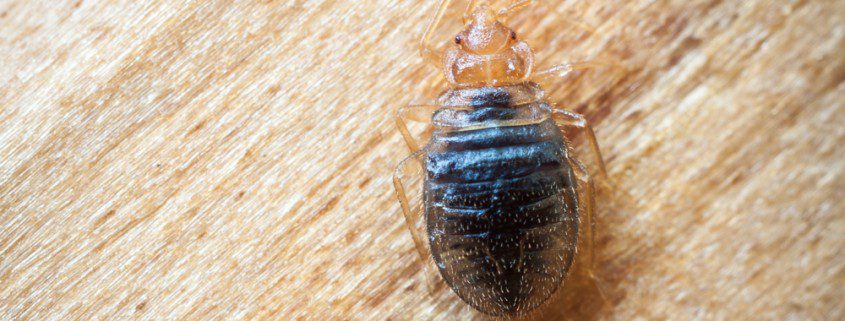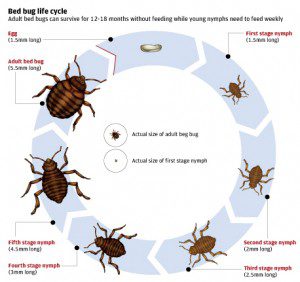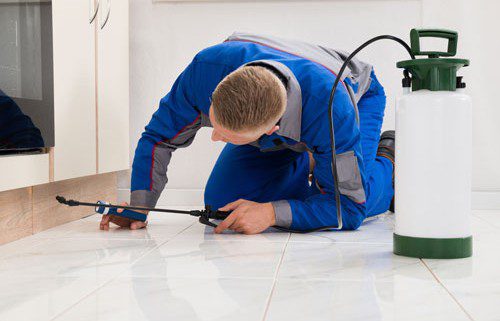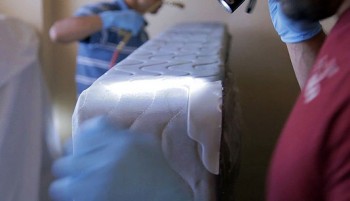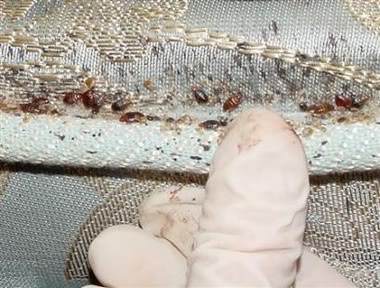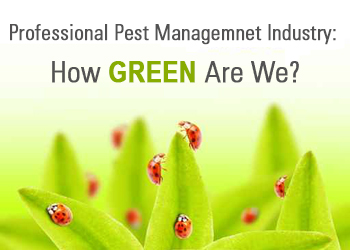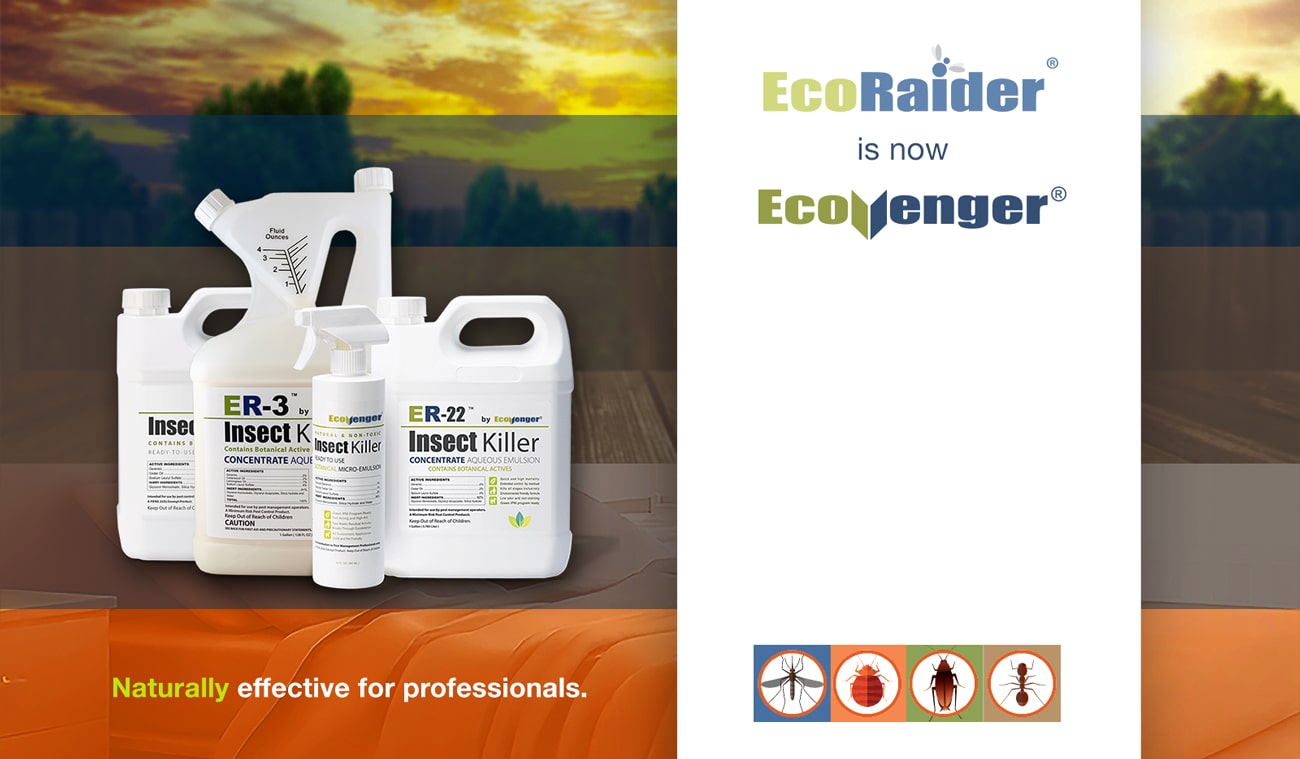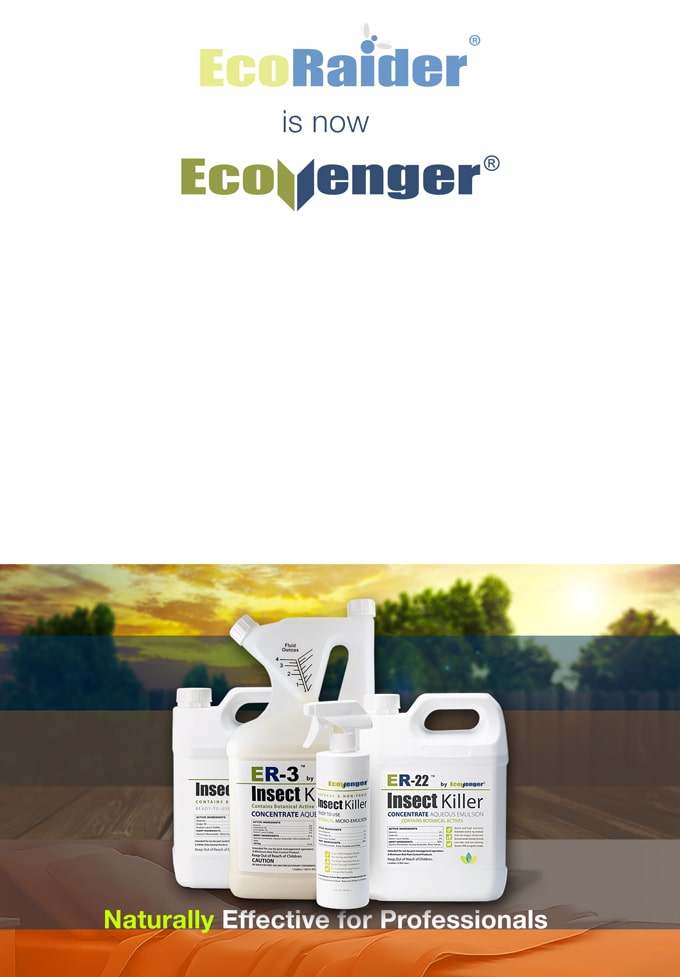It may be greener than you think.
And getting greener.
As any good (and successful) marketer knows, broad consumer trends, interests, and concerns drive the marketplace, whether it’s for durable goods, consumables, services, or causes.
The first Earth Day in 1970 signaled the beginning of a global focus on environmental issues. That first Earth Day was spawned by the activism of the mid and late 60’s by the Baby Boom generation, in large part as a reaction to the publication of Rachael Carson’s “Silent Spring’ which focused on the environmental damage resulting from agricultural chemicals and pesticides. It is no coincidence that the same year saw the establishment of the EPA by President Nixon. Barely two years later, by 1972, DDT had largely been eliminated from the pesticide arsenal, and others chemicals and pesticides were coming under increased scrutiny and regulation
This trend toward ‘green’ that started with late 60’s Baby Boomer activism has now gone mainstream and has largely been embraced, to one degree or another, by the majority. That trend is now accelerating with the information savvy Millennials.
The consumer trends research is pretty clear on that point. A March 2014 report summary from Mintel, a leading global supplier of consumer, product and media intelligence states the following:
- Nearly four in 10 American say they are dedicated to buying green products and services (ie either “almost always” or “regularly” buy green products) – which is a 6 percentage point increase over 2012 results, and equates to about 93 million Americans.
Within the pest control industry itself, 2014 research by Orkin and the American Apartment Association reinforces the broader consumer trend data. Their study found:
- 78% of apartment renters want environmentally friendly products.
Not surprisingly, the Orkin study also found:
- Recurring pest issues cause 60% of apartment renters to look for a new place to live.
- And while not the most prominent problem (flies and ants are,) bed bugs cause the most angst among apartment dwellers. 39% say it is the pest they would ‘least’ like to see in their apartment—higher than rodents (28%), roaches(26%), ants(2%) or flies(1%).
A recent article (March 20, 2014) in PCT Magazine by Jay Bruesch, technical director at Plunkett’s Pest Control in Fridley, Minn, provides an excellent primer on the topic of ‘green’ pest control. In his article, “Green Pest Management – From Program to Practice — http://www.pctonline.com/pct0314-green-pest-management-programs.aspx Bruesch pointed clearly to where the pest management industry is now, and where it is heading in his opening paragraphs.
“Our clients are increasingly adopting green practices because they are truly concerned about the environment, and want to do their part to protect and conserve it….Expect them to demand green options for their pest management programs as well.
In the past, the meaning of “green” was fuzzy. Today, our clients have formal green programs from which to choose. It’s up to us to find out what they require and want, and offer them programs that meet their needs.
Some clients might just want our assurance that we are doing the environmentally right thing. Others will desire more formal proof of our green practices; for them, we can become NPMA GreenPro or Green Shield certified. Still others will be participating in LEED or organic certification. These programs award green credentials only to those who are systematically practicing green methods in everything they do. Especially if you want to target schools, day-care centers, health-care facilities, office structures, and government buildings, you have to get your green on — and show that, in your company, IPM (and ‘green’) is more than just a buzzword.”
In January of 2014, the NMPA (National Pest Management Association) published in that month’s PestWorld newsletter it’s “Vision 2020”, outlining future trends and implications for the pest management industry.
The following paragraphs from the report, under the heading “Science & Technology” are important because they clearly point to a ‘greener’ pest control market.
“Chemistry. The PPM industry is just beginning to see “softer” chemical and biological solutions that work as expected and also have improved safety or environmental profiles. This trend will continue in the coming years, as technology partners strive to meet the public’s growing desire for solutions that are as effective as they are sustainable.
Implications: These products will expand PMPs’ portfolios, giving them more options to meet customer needs. These products also will allow PMPs to appeal to the small-but growing-vocal “natural” pest control segment. And they will give PMPs positive talking points about what they’re doing to continually strengthen their ability to control pests responsibly”
Implications: Demand for “green” innovations will continue to grow. The key to capturing value, however, will be delivering tangible benefits that people are willing to pay for. Case in point is the introduction of “softer solutions” that have less environmental impact but meet customer expectations for pest control. “
The broad societal trend toward ‘green’ solutions to everyday problems – including pest control – has not been lost on a number of Pest Management Professionals either. They have already seen the growth in the ‘green’ market and have responded to it. A quick Yellowpages check of local pest control companies in most any locality will reveal any number of companies with the words ‘green’ or ‘natural’ (or other variations of those concepts) in their advertising or touted on their websites. A quick Google search for “green pest control companies” within the US will return nearly 3 million results. Clearly, there are a lot of PMPs that already ‘get it.’ ‘Green’ is no longer just a buzzword, regardless of how fuzzy and ill-defined the term may currently be.
So, the trend line is clear and inescapable. The future of pest control technology is indeed going to be ‘GREEN’ and those PMPs who ignore that trend line could experience a shrinking markets for their services. Consumers at all levels, whether corporate or individual, tend do business with companies whose implied or expressed values align with theirs, and this is going to be particularly true on broad social issues such as the environment and sustainability. These issues are now coming in to sharper focus in public discourse. As Jay points out, it’s up to the current generation of pest management professionals to understand the trends in consumer behavior, what’s driving them, and offer solutions that are appropriate for the current and future marketplace
At EcoRaider, we are committed to our belief in the “power of green” – the development of environmentally friendly, sustainable products for pest management professionals.
http://www.npmapestworld.org/news/documents/PestWorld_JF14_3_lo.pdf
Michael Correll
Date: June, 2014


